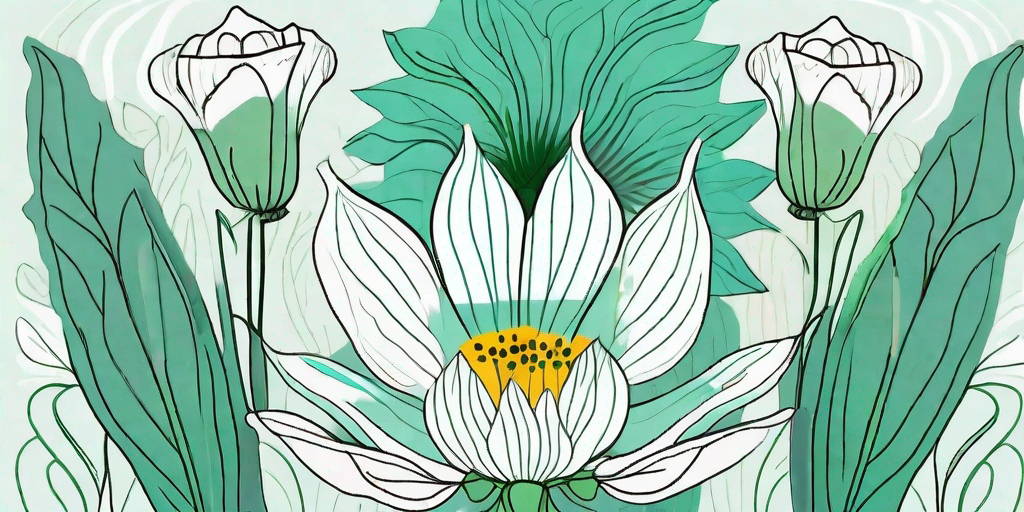
In the world of squash, there's a battle brewing. No, not the kind that involves rackets and a small rubber ball, but a floral feud of epic proportions. We're talking about the tussle between male and female squash flowers. If you're scratching your head in confusion, don't worry, we're here to guide you through this botanical battleground.
The Basics of Squash Blossoms
Before we dive into the nitty-gritty of the battle, let's get to know our contenders. Squash plants, like many others in the plant kingdom, have separate male and female flowers. Both are bright yellow and quite lovely to look at, but that's where the similarities end.
The male flower is typically the first to appear, standing tall and proud on a long, slender stem. It's like the plant's way of saying, "Hey, look at me! I'm ready to party!" The female flower, on the other hand, is a bit more demure. She usually shows up a bit later, nestled close to the plant's base with a small, round bulge at her base - that's the ovary, which will eventually become a squash if pollinated.
Identifying Male and Female Squash Flowers
Now that we've met our contenders, how do you tell them apart? It's all in the details. The male flower has a single, straight stamen in the center, covered in pollen. The female flower, on the other hand, has a multi-lobed stigma. Think of it as a floral version of "boys have cooties."
Another way to distinguish between the two is by their position on the plant. Male flowers usually grow on longer stems, while female flowers stay closer to the plant's base with a tiny squash forming beneath them. It's like a game of botanical hide and seek!
The Pollination Process
Now, let's talk about the birds and the bees... or in this case, the bees and the squash flowers. Pollination is the name of the game here, and it's a crucial step in the life cycle of a squash plant.
Bees, attracted by the flowers' bright colors and sweet nectar, flit from flower to flower, unknowingly transferring pollen from the male flowers to the female ones. It's a bit like a floral version of a blind date, facilitated by our buzzing friends.
The Role of Bees
Bees are the unsung heroes in this story. Without them, there would be no pollination, and without pollination, there would be no squashes. They're like the matchmakers of the plant world, ensuring that the male and female flowers get to meet and do their thing.
Unfortunately, bees are facing numerous challenges these days, from habitat loss to pesticides. So, if you're growing squash and want to ensure a good harvest, consider making your garden more bee-friendly. Plant a variety of flowers, avoid using harmful chemicals, and provide a water source for the bees. They'll thank you by pollinating your squash plants!
FAQs
Why are my squash plants not producing fruit?
The most common reason is lack of pollination. If there aren't enough bees around, or if the weather is too cold or wet for them to fly, the female flowers won't get pollinated. You can try hand-pollinating the flowers using a small brush or even your finger.
Can I eat squash blossoms?
Absolutely! Squash blossoms are a delicacy in many cuisines. They can be stuffed, fried, or used in soups and salads. Just make sure to leave some flowers for the bees!
Do all squash plants have male and female flowers?
Yes, all squash plants, including pumpkins and zucchinis, have separate male and female flowers. It's a fascinating example of plant sexual reproduction.
Conclusion
So, there you have it - the battle of the blossoms in all its glory. While it may seem like a fierce competition, it's actually a beautiful dance of nature, with each player playing its part to perfection. So, the next time you're enjoying a delicious squash soup or admiring a pumpkin patch, spare a thought for the humble squash flowers and their epic battle.











